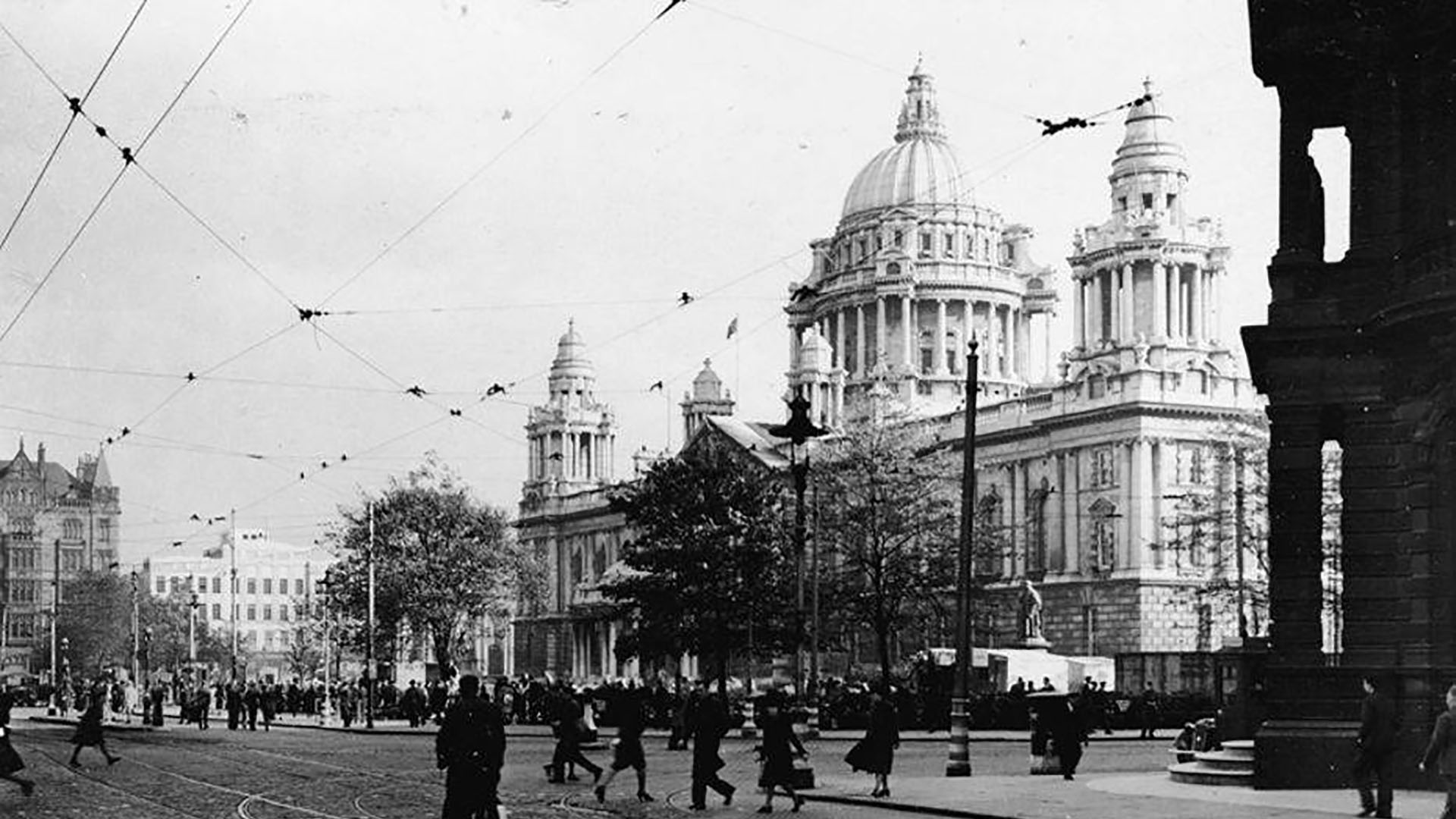Standing on the banks of the River Lagan, Belfast is the largest city in Northern Ireland. As the second-largest city on the island, Belfast became the capital of Northern Ireland following partition in 1922.
The name Belfast derives from the Irish Béal Feirste, meaning “river mouth at the sandbar”. The sandbar in question refers to a tidal ford formed by the merging of the River Lagan with the River Farset. It was around this sandbar, the original town grew. The River Farset still flows beneath the city though now covered over by modern streets.
In the 1800s, the town was a major port and played a key role in the Industrial Revolution. It became the largest producer of linen in the world, earning the nickname ‘Linenopolis’ and city status in 1888. As well as Irish linen, Belfast was an industrial centre for tobacco processing, rope-making, and shipbuilding. When Harland and Wolff shipyard built R.M.S. Titanic, the yard was the largest and most productive in the world.
With the outbreak of the Second World War, these industries made Belfast a valuable city to the Allies but also a vulnerable target to Luftwaffe attacks. These well-documented attacks came in April and May 1941 and are now referred to as the Belfast Blitz.
The city welcomed military personnel from many nations between 1939 and 1945 including British, Australian, New Zealander, Canadian, and Polish. Seamen from all over the world stopped at the busy city docks, and it was here too that over 300,000 American GIs took their first steps onto European soil in wartime.
Places of Interest
The following places will be of interest to anyone wishing to explore more of the area's Second World War heritage.
